What motors are there in home appliances?
Electric motor, commonly known as motor, refers to an electromagnetic device that realizes the conversion or transmission of electric energy according to the law of electromagnetic induction. Its main function is to generate driving torque as a power source for electrical appliances or various machinery. Next, the editor will briefly introduce the main classification of motors and which motors are on home appliances.
main category
1. According to the type of working power supply, it can be divided into DC motor and AC motor.
2. According to the structure and working principle, it can be classified into DC motor, asynchronous motor and synchronous motor
3. According to the starting and running mode, it can be divided into capacitor starting single-phase asynchronous motor, capacitor running single-phase asynchronous motor, capacitor starting running single-phase asynchronous motor, and split-phase single-phase asynchronous motor.
4. According to the application, it can be divided into drive motor and control motor.
5. According to the structure of the rotor, it can be divided into cage induction motor and wound rotor induction motor.
6. According to the operating speed, it can be divided into high-speed motors, low-speed motors, constant-speed motors, and speed-adjustable motors.
7. Motors for driving can be divided into motors for electric tools, motors for household appliances, and motors for other general small mechanical equipment.
8. Motors for control can be divided into stepping motors and servo motors.
After understanding the main classification of motors, do you want to know which motors can be used in home appliances? Don't worry, the next editor will introduce you one by one:
Brushless DC motor is a new type of motor that has matured rapidly with the development of power electronics technology and new permanent magnet materials.
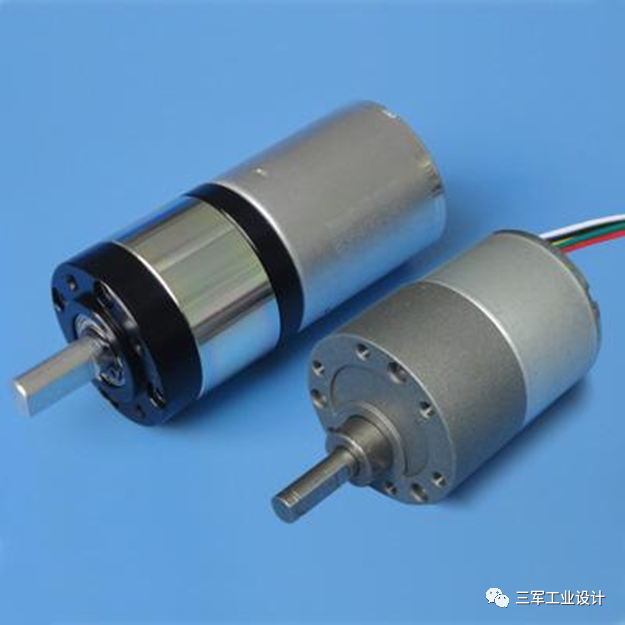
Advantages: Small size, light weight, high efficiency, small inertia and high control precision.
Disadvantages: There is slight vibration when starting at low speed, high cost, and easy to form resonance.
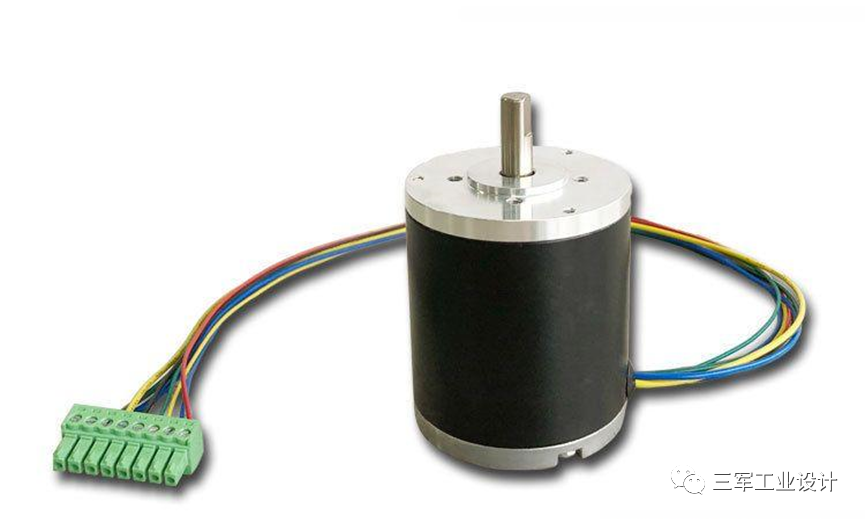
Application fields:
1. Office computer peripheral equipment, electronic digital consumer goods field: printers, fax machines, copiers, hard disk drives, floppy disk drives, movie cameras, tape recorders, etc.
2. Industrial control field: brushless DC motors are involved in industrial production such as textiles, metallurgy, printing, automated production lines, and CNC machine tools.
3. In the field of medical equipment: infrared laser modulators for small blood pumps, high-speed centrifuges, thermal imaging cameras, and thermometers.
4. Automotive field: wipers, electric doors, automobile air conditioners, electric windows and other parts.
5. Household appliances: washing machines, air conditioners, dishwashers, vacuum cleaners, etc.
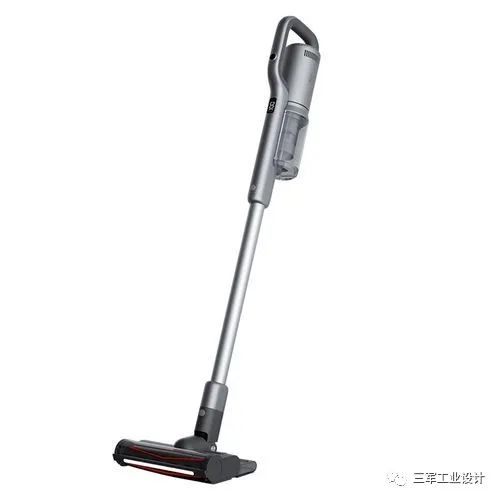
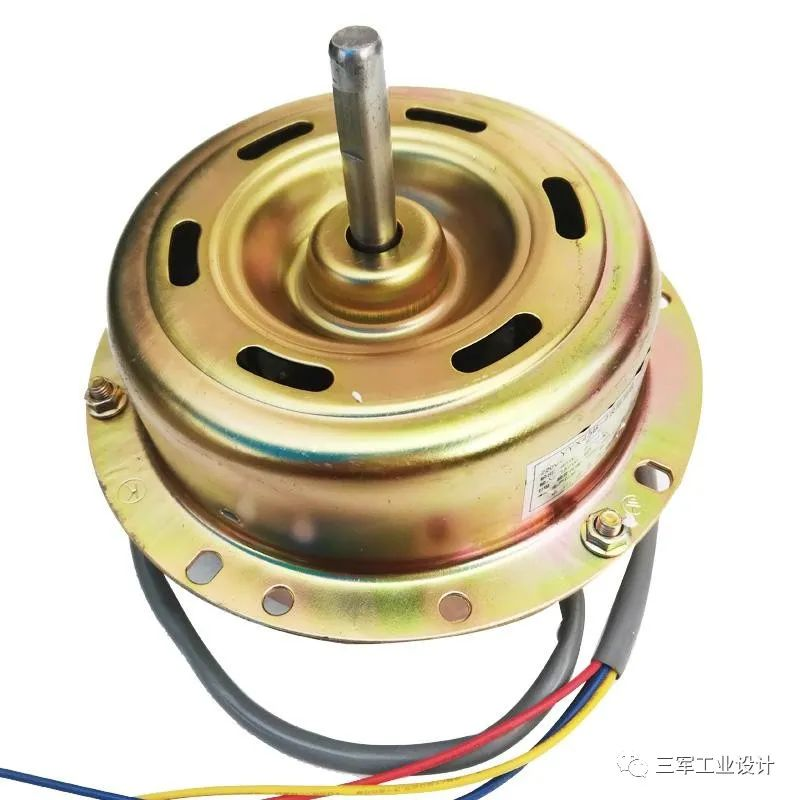
Advantages: 1. High reliability and long service life
2. All motors can be powered directly from the mains or frequency converter
3. Extremely versatile, can provide various cooling types, protection levels and various models
4. Suitable for corrosive environmental conditions and hazardous applications
5. Low operating cost
6. The flexible terminal technology of the feeder and the perfect coordination of all components ensure the safe and reliable operation of the entire motor system.
Disadvantages: The adjustable speed is not good, because the constant speed performance is good, the natural speed regulation is more difficult; it needs AC to operate.
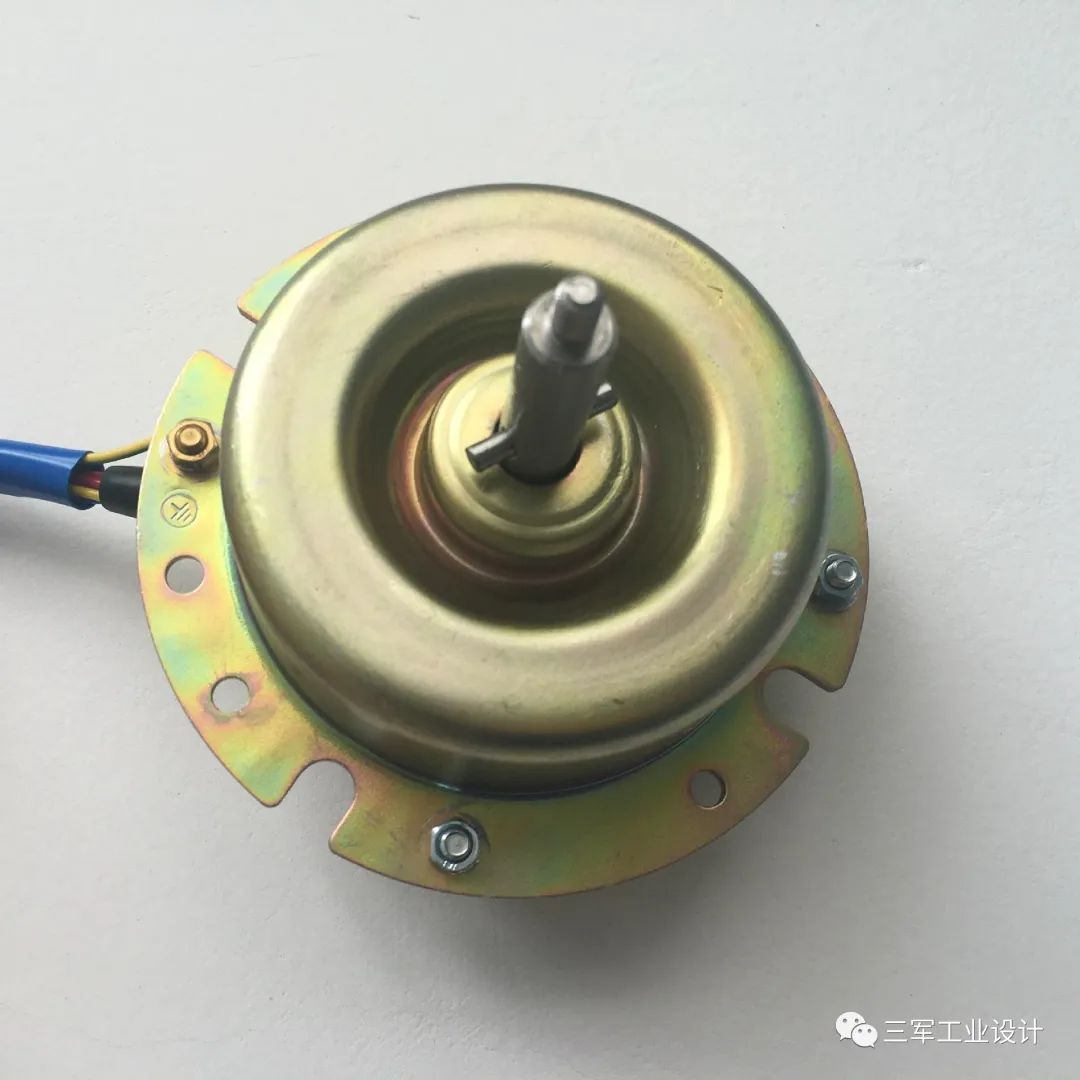
Application fields:
Widely used in household appliances such as electric fans, refrigerators, washing machines, air conditioners, hair dryers, vacuum cleaners, range hoods, dishwashers, electric sewing machines, food processors, various electric tools, and small electromechanical equipment.
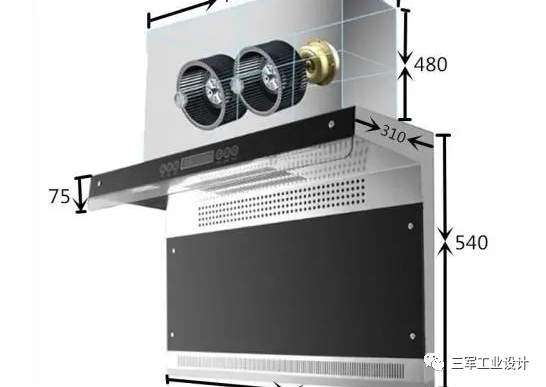
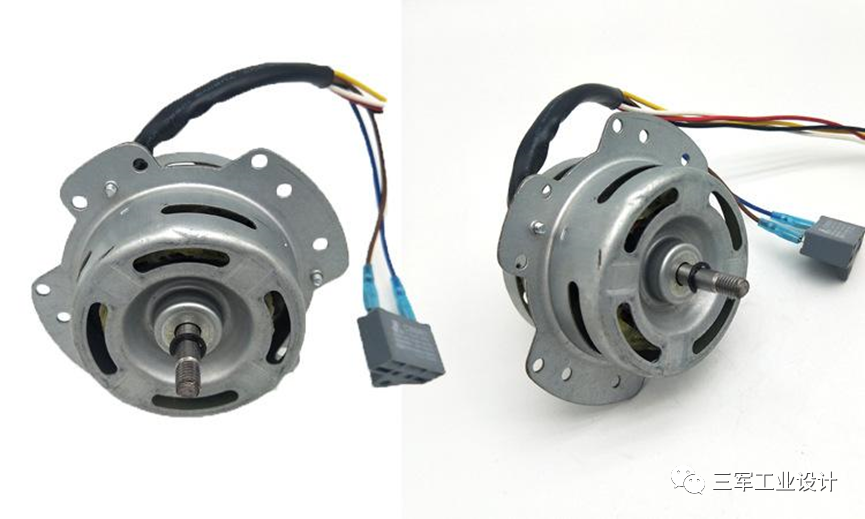
Advantages: Simple structure, high efficiency, low noise, continuous operation.
Disadvantages: The volume is larger than the three-phase induction motor of the same capacity, and the operating performance is slightly worse, so it should not be too large.
Application fields:
It is widely used in household appliances (such as refrigerators, electric fans, washing machines, etc.) and medical equipment; it is also widely used in industry, medical treatment and daily life, and is often used to drive agitators, grinding wheels, fans and automatic control.
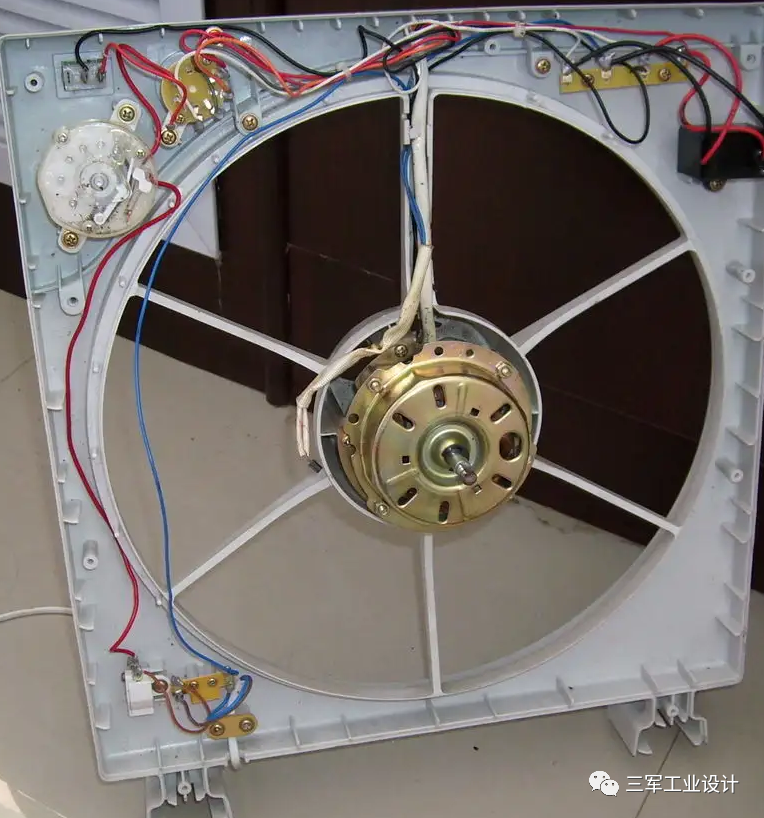
Shaded pole motors are the simplest type of single-phase AC motors, usually with cage-type skewed cast aluminum rotors. According to the different shape and structure of the stator, it is divided into salient pole shaded pole motor and hidden pole shaded pole motor.
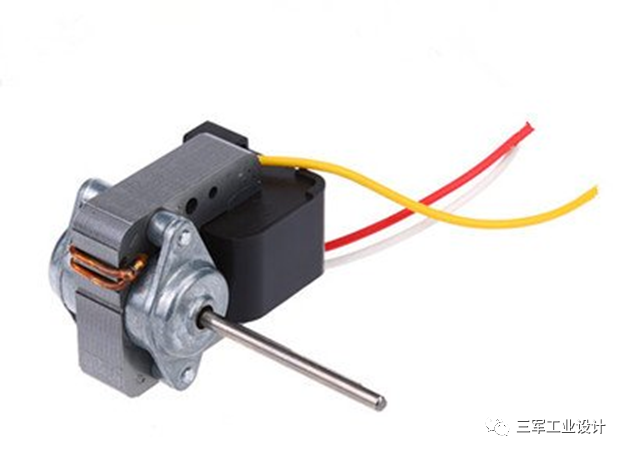
Advantages: Simple structure, no need to add additional windings and capacitors. Low noise, low vibration, high performance protection level.
Disadvantages: low efficiency and large slip.
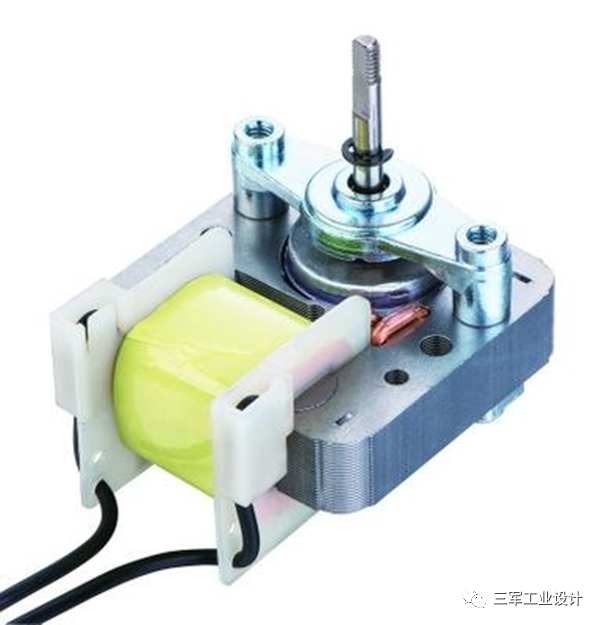
Application fields:
Widely used in electric fans, electric ovens, vacuum cleaners and other small household appliances.
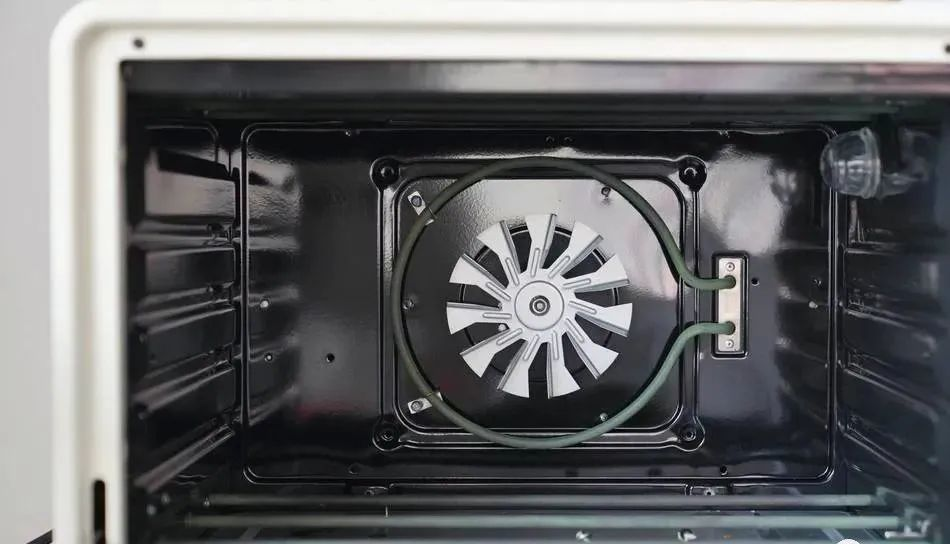
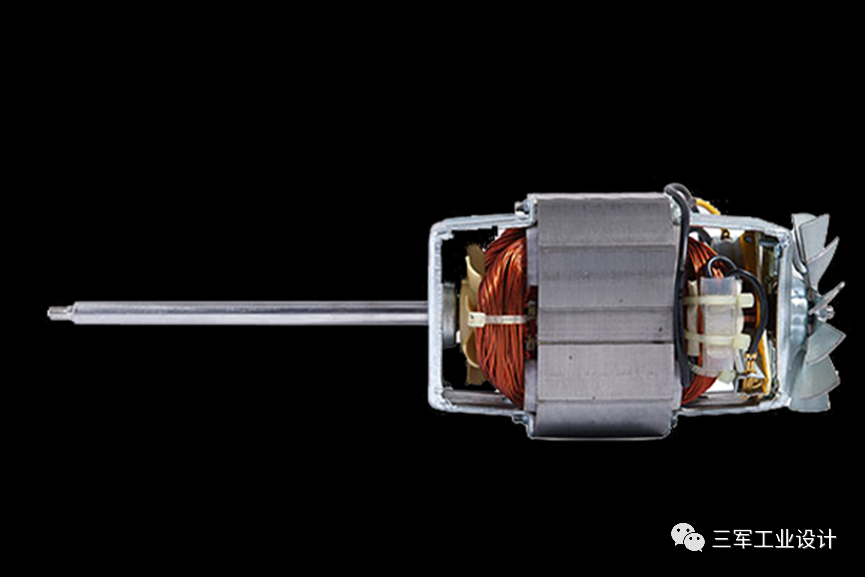
Advantages: Simple structure, reliable operation, low manufacturing cost and easy maintenance.
Disadvantages: electricity consumption, high cost.
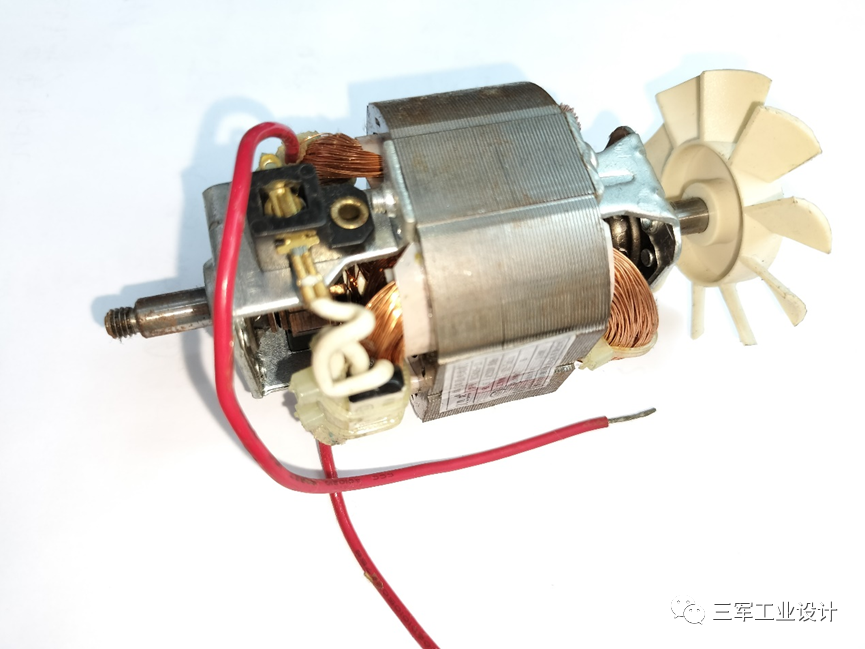
Application fields:
Widely used in household appliances such as mixers, wall breakers, food mixers, etc.
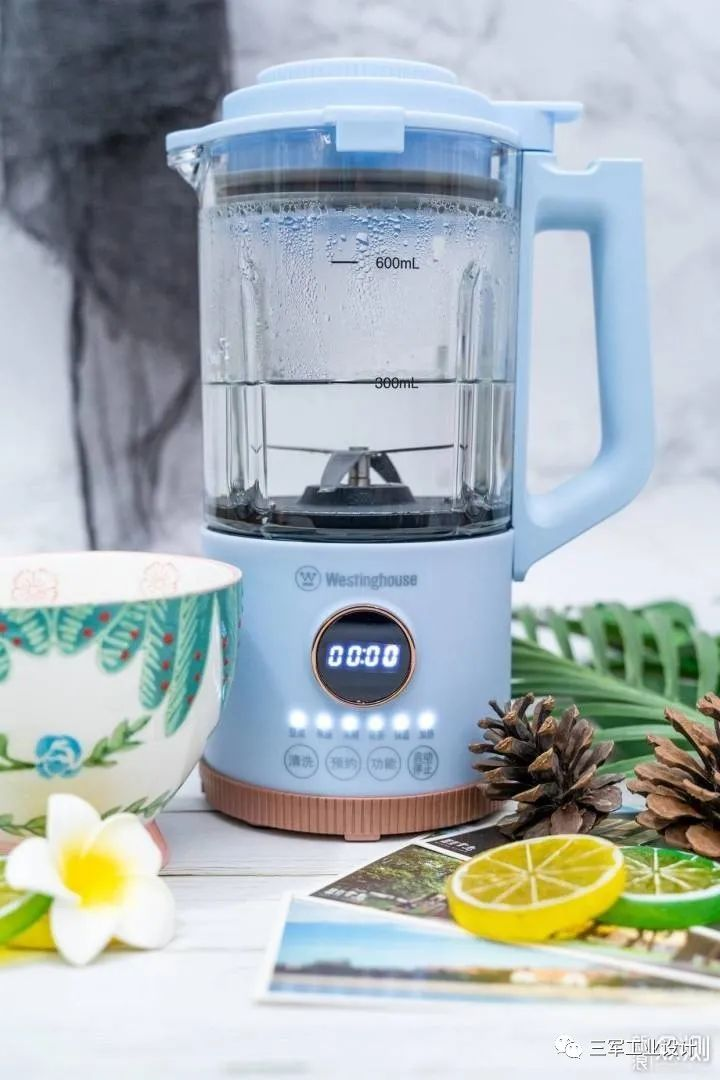
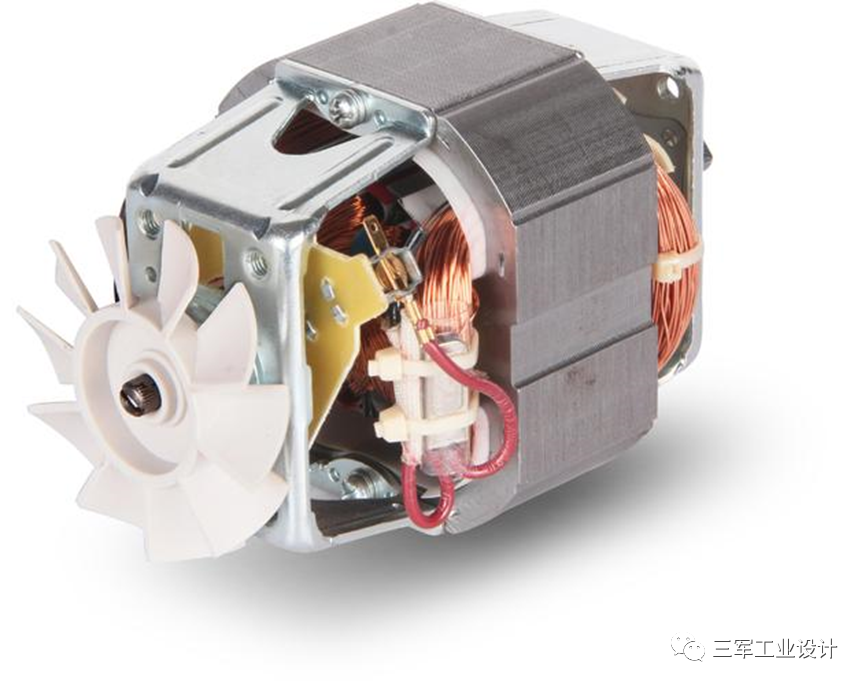
Advantages: high speed, small size, light weight, convenient speed adjustment
Disadvantages: high noise, high manufacturing cost, and high electromagnetic interference.
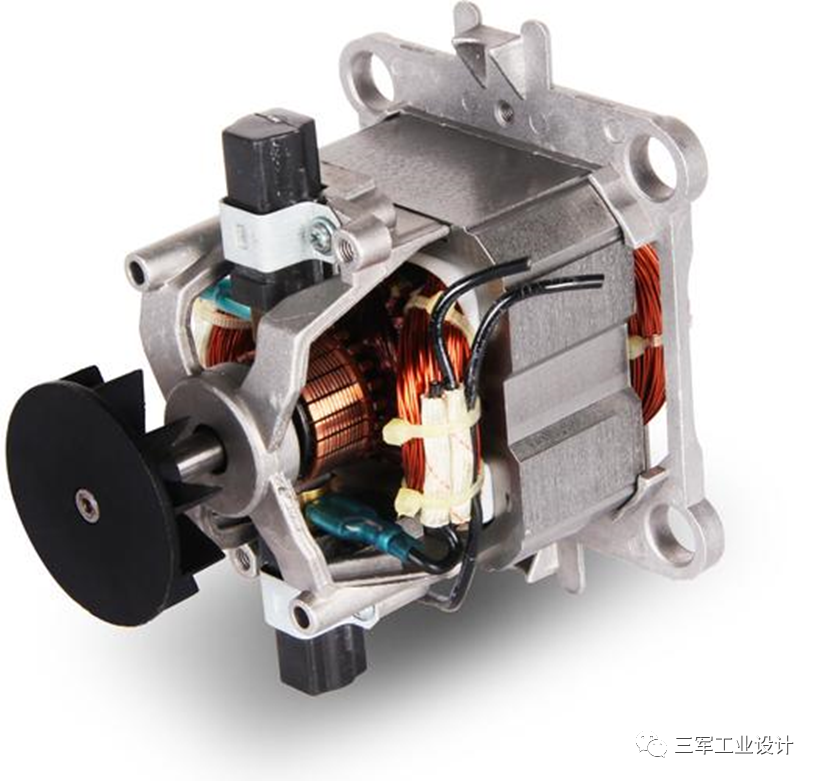
Application fields:
Widely used in electric tools, kitchen supplies, floor care and other fields.
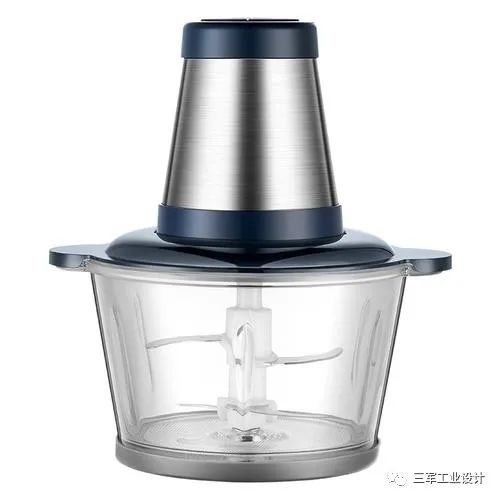
The fixed main poles and brushes are installed on the stator of the brushed motor, and the armature winding and commutator are installed on the rotor. The electric energy of the DC power supply enters the armature winding through the brush and the commutator to generate armature current, and the magnetic field generated by the armature current interacts with the main magnetic field to generate electromagnetic torque, which makes the motor rotate to drive the load.
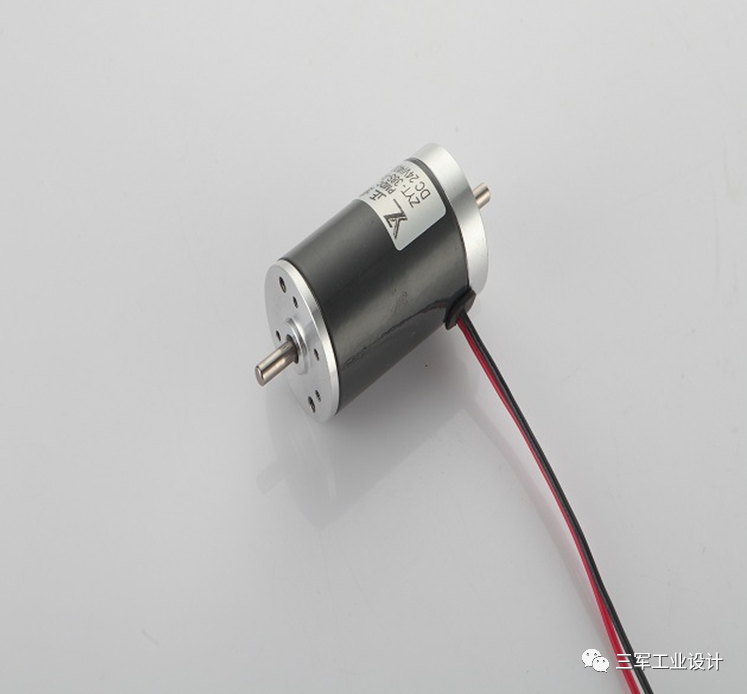
Advantages: fast response, good braking effect, high control precision
Disadvantages: complex structure, poor reliability, many faults, heavy maintenance workload, short life, and commutation sparks are prone to electromagnetic interference.
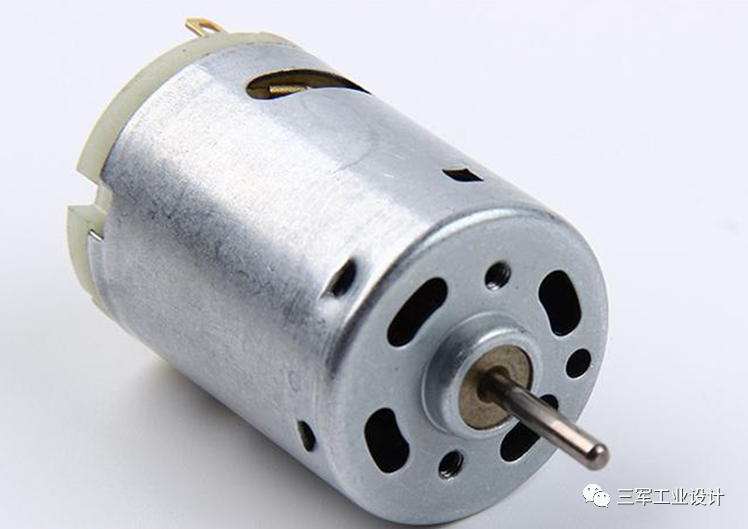
Application fields:
Widely used in water dispenser pumps, small fans, hair dryers, etc.
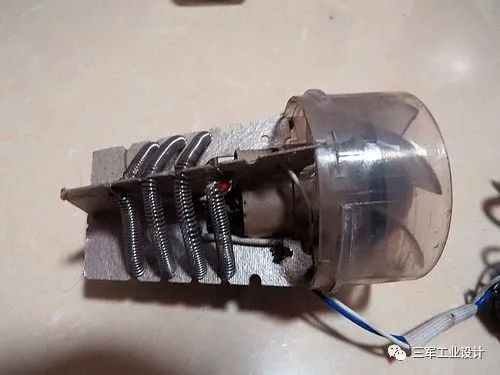
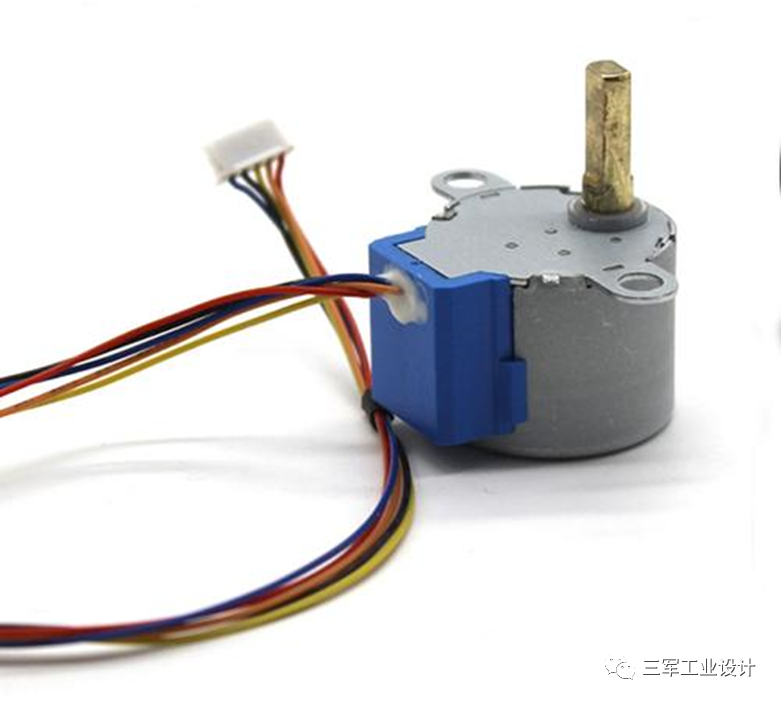
Advantages: The angle of motor rotation is positive, the torque is large, the precision is high, the response of start, stop and reverse is good, the reliability is high, the structure is simple, and the speed range is large
Disadvantages: Improper control is easy to generate resonance, it is difficult to run to a higher speed, the energy utilization rate is low, the synchronization will be destroyed when the load is exceeded, and vibration and noise will be emitted when working at high speed.
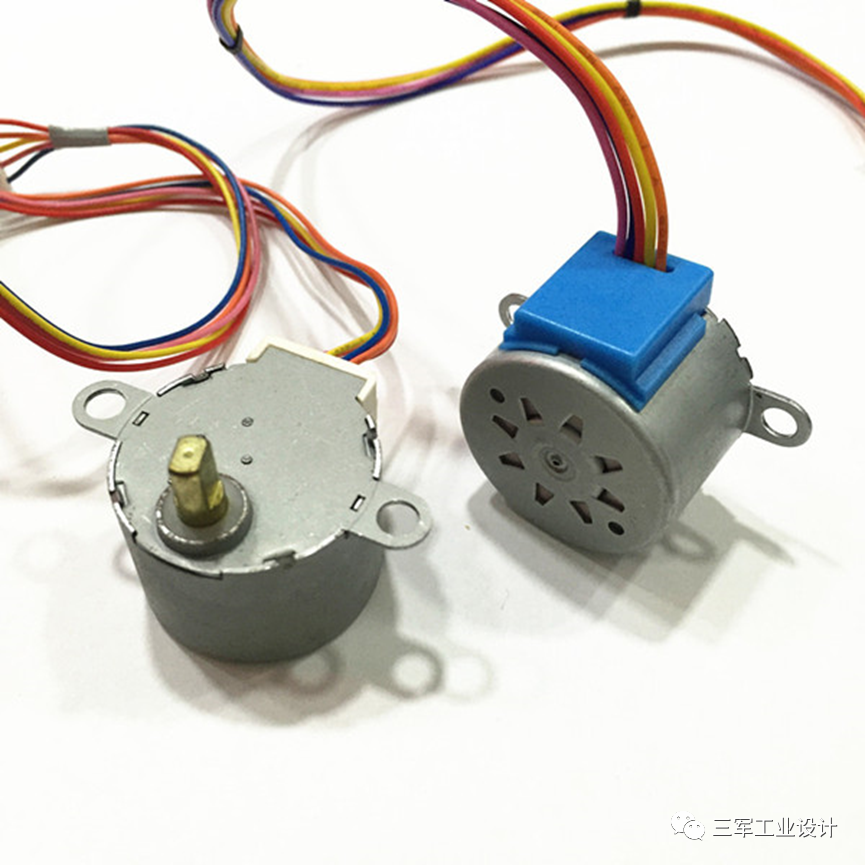
Application fields:
Air-conditioning wind deflector, fan shaking head, lifting hot pot.
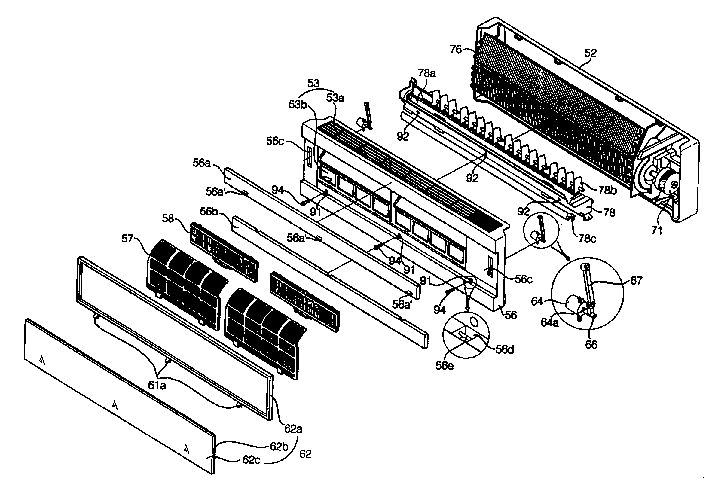



























 XINDA
XINDA